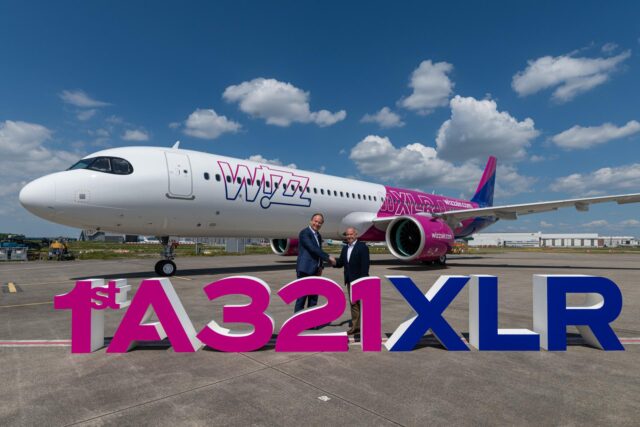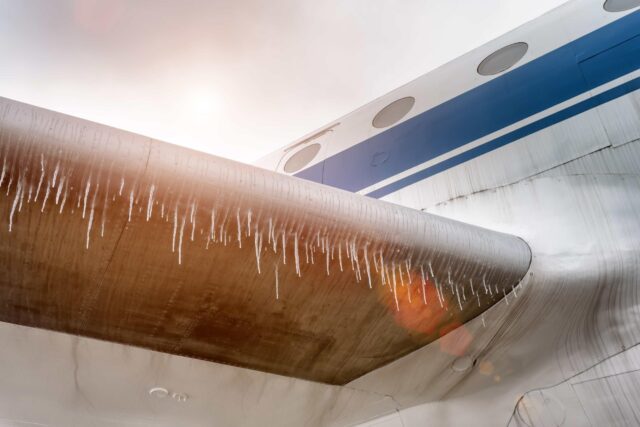How Lufthansa is transforming cabin crew safety with a digital twin and immersive VR evacuation training

November 8, 2025
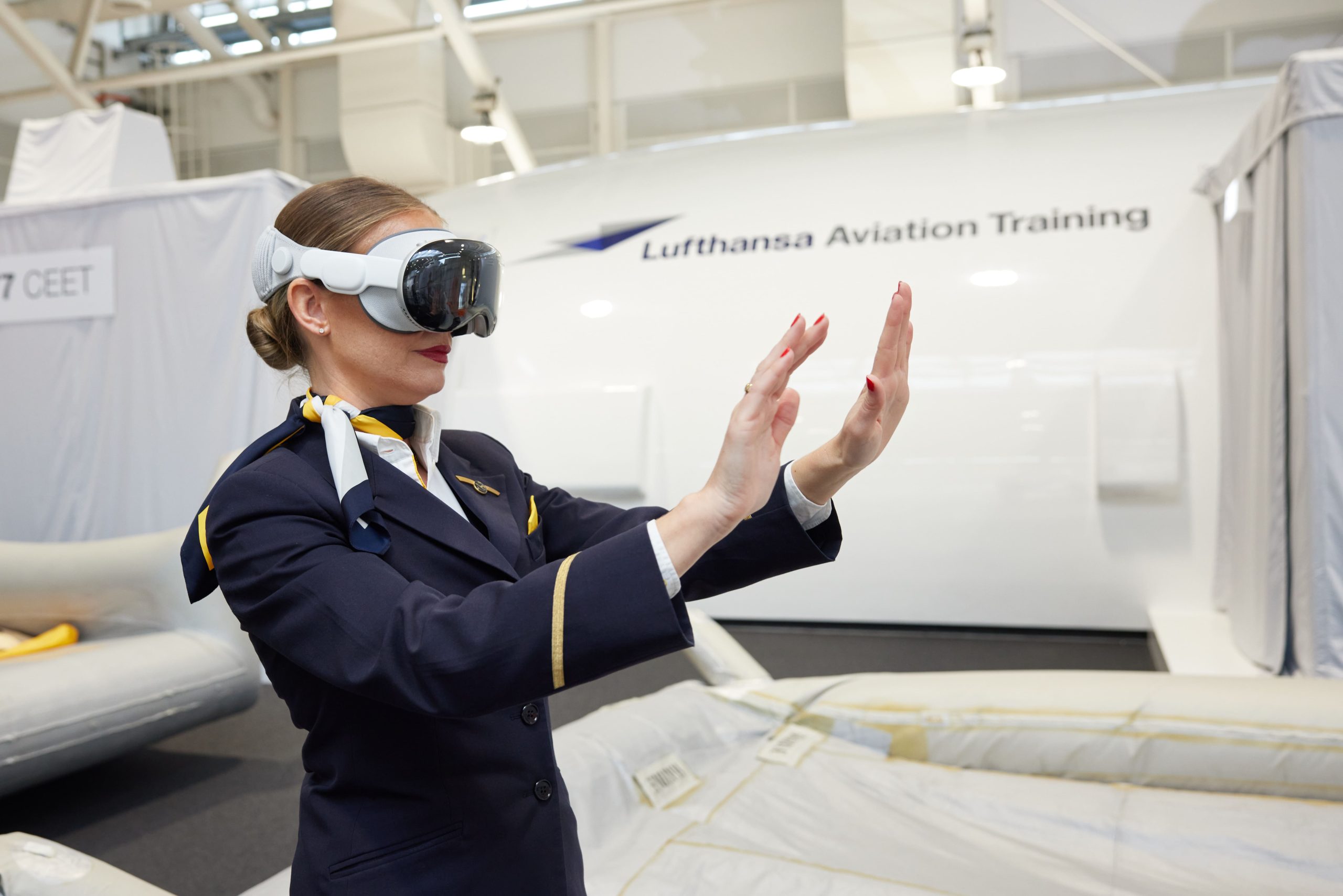
It used to take a full-scale simulator, a hangar, and a few hours of scheduling luck for Lufthansa’s cabin crew to rehearse emergency evacuations.
Now, they can do it almost anywhere with a headset on, surrounded by a virtual cabin that reacts to their every move. Each decision, hesitation, or quick response is recorded and analysed later, helping instructors see not only what crew members did, but how they did it.
At the European Aviation Training Summit (EATS) in Lisbon this week, Lufthansa Aviation Training (LAT) pulled back the curtain on its Digital Cabin Emergency Evacuation Trainer (D-CEET), a €2.4 million ($2.7 million) research project blending virtual reality, behavioural science and data analytics into a single, mobile training system.
Jointly funded by LAT and Germany’s Federal Ministry of Transport, D-CEET aims to make cabin safety training both smarter and more flexible, part of a growing effort across the airline group to modernise training without losing the realism of hands-on experience.
“With D-CEET, we’re creating a new dimension of learning — data-driven, immersive and individually scalable,” said Sophie Cyba, Project Lead at Lufthansa Aviation Training. “It lets us combine high training standards with scientific validation.”
Bringing behavioural science into VR cabin crew training
The new platform has been developed with ETH Zurich’s geoGAZElab, Edelweiss, and PACE Aerospace Engineering & Information Technology GmbH, part of the TXT Group. ETH Zurich provides academic oversight, ensuring that the scenarios mirror real-world conditions, including the stress and split-second decision-making that emergency situations demand.
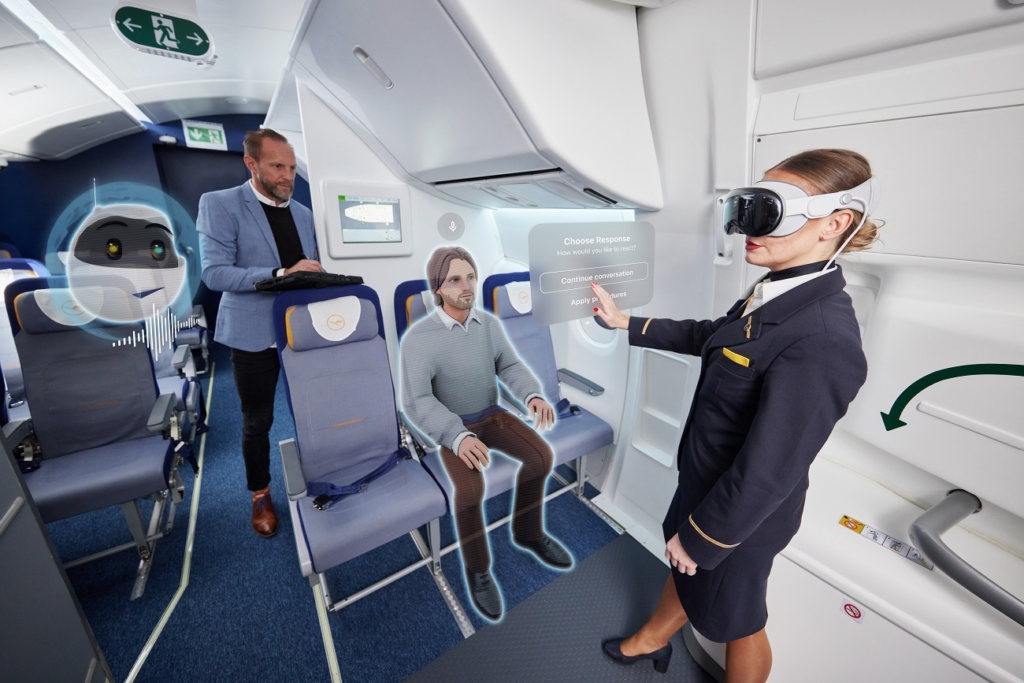
PACE Aerospace created a digital twin of the Airbus A320neo cabin, forming the core of a virtual aircraft in which trainees confront anything from smoke and decompression to fire and full-scale evacuation. Each scenario is modular, allowing airlines to tailor the exercises to their own procedures, aircraft types, and branding.
The first D-CEET prototype, displayed in Lisbon, featured a land-based evacuation sequence — one of 15 environments planned for the final system. Future versions will include over-water ditching and complex multi-crew coordination scenarios.
Portable training that fits in a carry-on case
Unlike the heavy, static Cabin Emergency Evacuation Trainers (CEETs) found in major training centres, D-CEET travels wherever a headset can go. A trainee can step into a hotel room, don the headset, and suddenly be standing in the middle of a burning cabin, making choices that count.
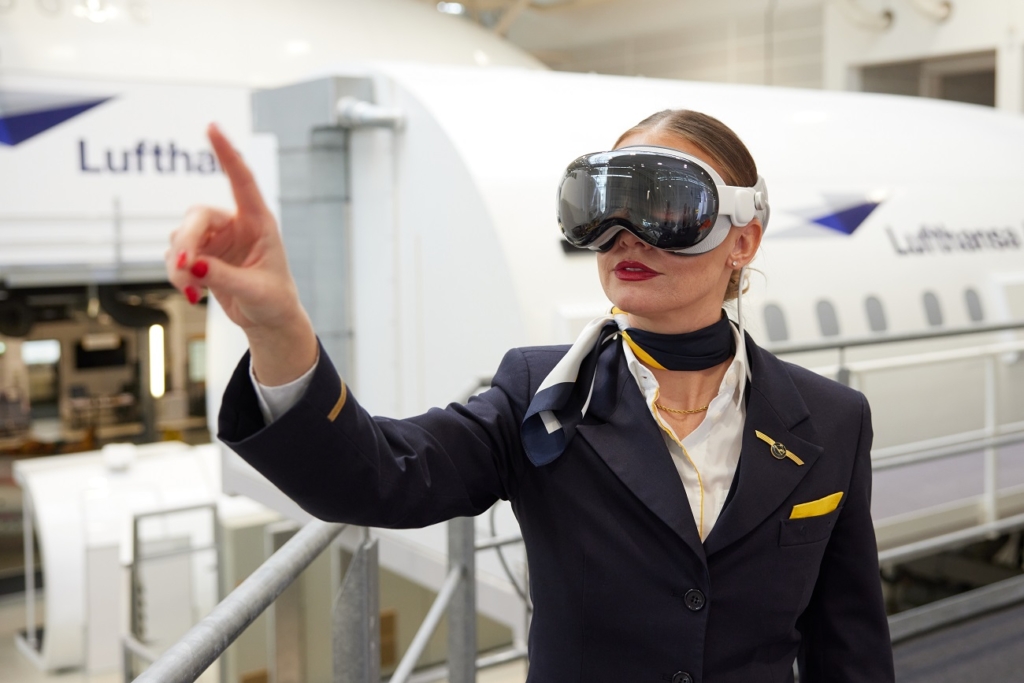
Every motion and verbal response is recorded, feeding a companion mobile app that tracks progress and tailors feedback. The system is fully aligned with the Competency-Based Training and Assessment (CBTA) framework recommended by ICAO, which focuses on real-time performance rather than rote learning.
“It’s not just about passing a test,” Cyba explained. “It’s about understanding how each person reacts under pressure and helping them build better instincts.”
Inside the technology powering Lufthansa’s VR training
Behind the realism sits PACE’s Pacelab WEAVR platform, software already used in industrial training for aerospace and automotive clients. It lets instructors build and update immersive content through a web interface — no coding required.
That flexibility means safety procedures or aircraft configurations can be updated as soon as regulations change, avoiding the long retooling cycles of traditional simulators.
“PACE has an outstanding record in VR training,” said Sarah Engelmann, another LAT project lead. “They’ve helped us merge innovation with process reliability, which is essential when you’re training crews for real emergencies.”
PACE’s Chief Executive, Frank Ehlermann, added that the partnership extends a long-standing collaboration with the Lufthansa Group and “redefines how emergency training can be delivered across fleets and geographies”.
Love innovation and technology? Discover more of our stories here.
Complementing, not replacing, physical simulators
Lufthansa’s training legacy stretches back decades, with more than 17 physical CEET simulators spread across six training centres. These mock-ups — large, motion-equipped replicas of aircraft cabins — remain indispensable for hands-on drills like opening exits, firefighting, and evacuation slide deployment.
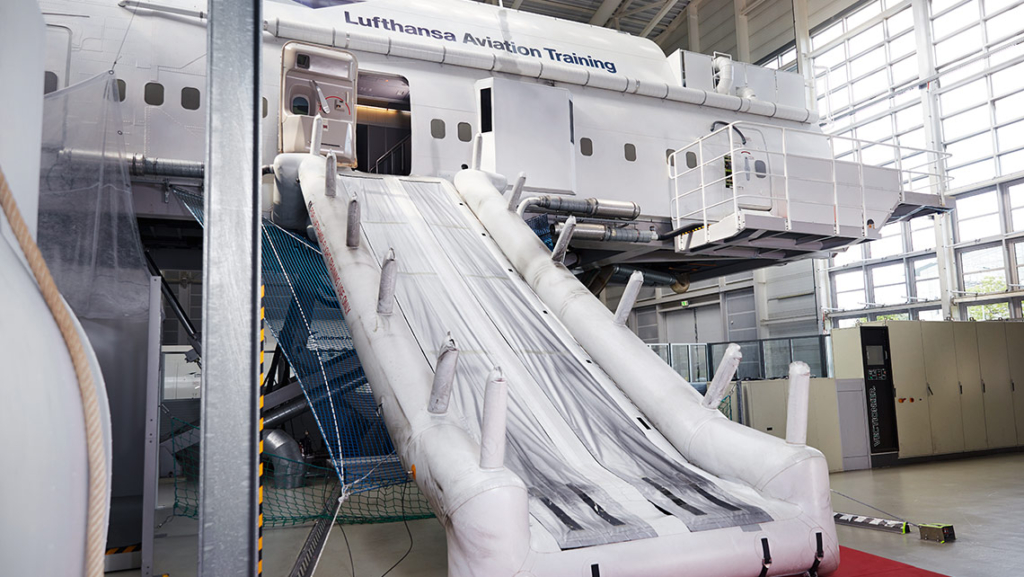
Each unit takes up roughly 150 square metres and costs around €200,000 a year to operate. The D-CEET system doesn’t replace those simulators but complements them, letting crew practise between formal sessions or while stationed overseas.
“This digital twin bridges the gap between classroom and cockpit,” Engelmann said. “It makes refresher training far more accessible.”
Supporting Lufthansa’s wider digital transformation
Lufthansa Aviation Training has a long record of adopting new tools to improve safety and efficiency. In 2021, the company chose Spatial to build the world’s first Boeing 777X CEET, a full-motion emergency simulator installed at LAT’s Frankfurt centre. That project laid the groundwork for today’s shift toward mixed-reality learning.
D-CEET now takes that philosophy further, turning training from an event that happens once a year into a continuous process that can travel wherever crew do.
The future of digital aviation training
ETH Zurich’s Professor Martin Raubal, whose team oversees the scientific study of D-CEET, says the project could change not just how crews are trained, but how training is evaluated.
“Digital twins have immense potential to test human performance in realistic but controlled environments,” he noted. “This allows us to measure cognitive load, decision-making and teamwork in ways that weren’t possible before.”
As the technology matures, Lufthansa’s headset-based trainer could become the standard way to rehearse safety drills — not only cutting costs and travel but also strengthening the human factor at the heart of aviation safety.

